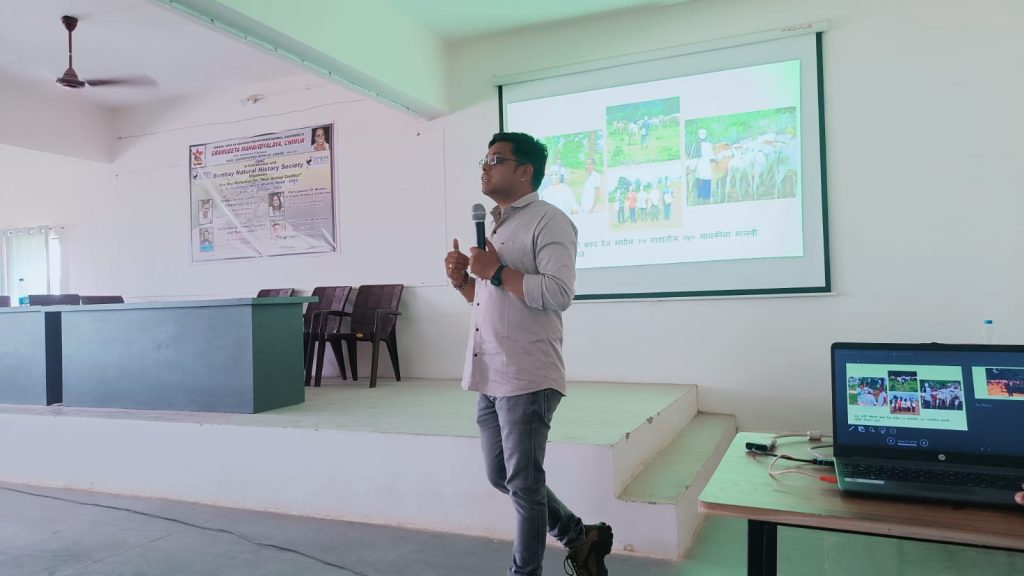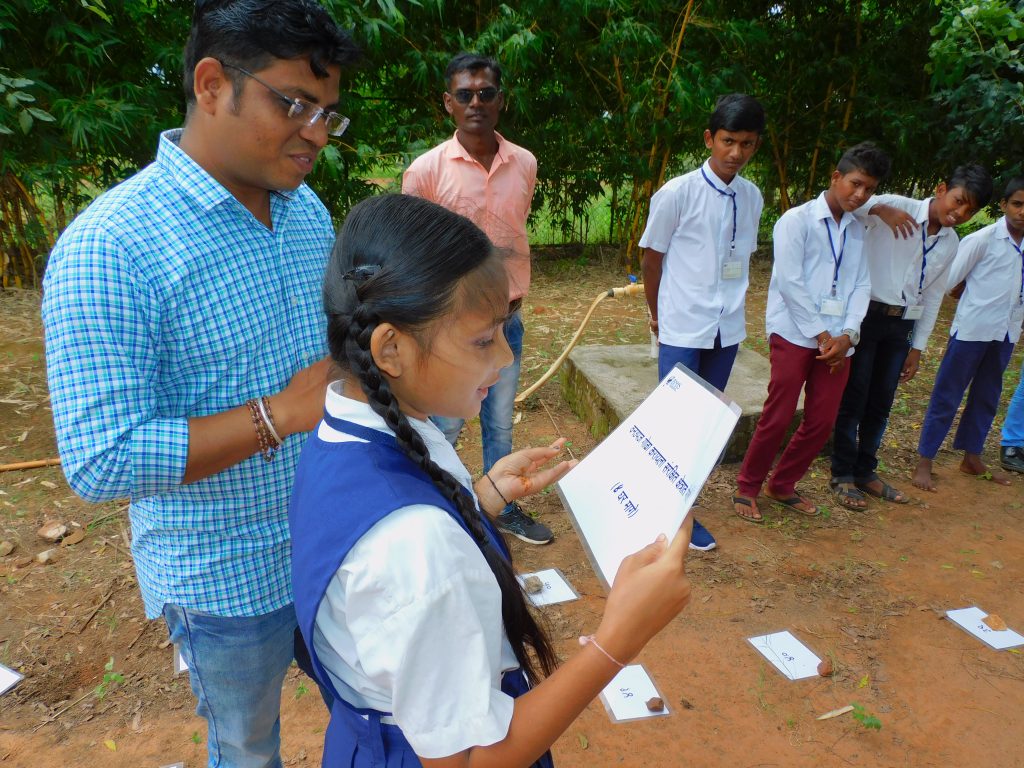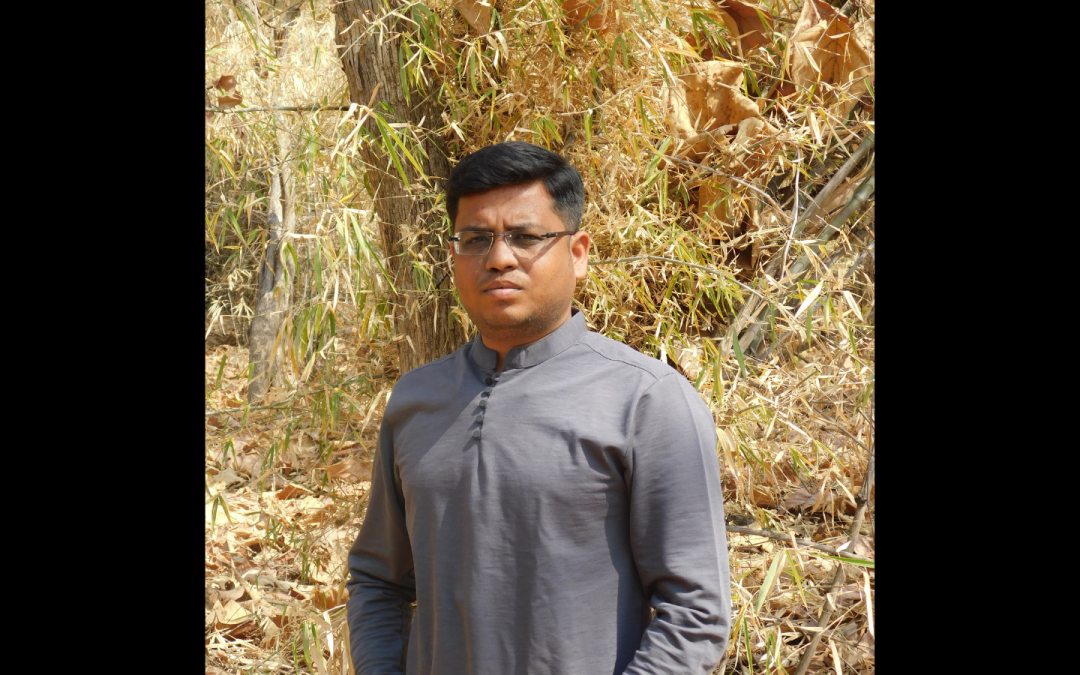Saurabh Dande from the Bombay Natural History Society (BNHS) team speaks to us about BNHS’s work in central India and why he feels that programmes for students are a key to long term conservation and protection of nature.
- Tell us more about yourself and what you got interesting in working for the environment.
On the education front, I have completed my graduation and masters in Environmental science. I started my work with BNHS as a volunteer in 2007 and subsequently, joined BNHS as an Education Assistant in October 2012. I started working in conservation department Projects related to the Satpuda Landscape Tiger Partnership initiative in Central India and looked at the awareness programs in schools, biogas repairing, livelihood activities, socio-economic surveys. We also helped with the assessment of Pench Tiger Reserve (Maharashtra) – Navegaon-Nagzira Tiger Reserve Corridor, Pench Tiger Reserve (Maharashtra) – Bor Tiger Reserve Corridor & Bor Tiger Reserve – Melghat Tiger Reserve Corridor. This also included the assessment and monitoring of tiger population in Bor Buffer and Bor-Melghat corridor and corridor conservation through community participation. In addition to this, we have worked on an improved chulha (stove) for villagers, women sensitization and environment education & awareness for school children, socio economic surveys for understanding the consumption of firewood and the Mahua flower economics in the villages surrounding Tadoba.
Currently, I am working as Community officer SLTP related projects.
- How does a typical day unfold for you ? Tell us a bit about your daily task and conservation work.
For nature awareness programmes in schools, we plan visits to every school once a month with new awareness topics and cover 3-4 schools every day. For community awareness, we conduct awareness activities for women’s SHG groups, farmers, and youths once in a month for selected villages.
On a given day, I spend my time communicating with students, the community and other stakeholders connected with wildlife and education.

Saurabh delivering an awareness session
- What do you love about your current job?
Forests and Nature are an open book for learning. Every day I learn new things from this book. I love being in the wilderness and interacting with the people who are close to the forest.
- Could you share a key learning or experience from the field?
For a long-term conservation plan, students are key to nature protection through conservation awareness programmes. With the help of such programmes, communities become more aware and curious about nature and wildlife. As both students and the larger community are also a part of the ecosystem, they help play an important role in tiger conservation. This is something I have learned while working in the field for more than 11 years with BNHS.

Saurabh interacting with students during a nature education programme
- Do you fill optimistic about the future of natural environment of India/ have you experience a positive change regarding conservation in your area?
Increasing tiger numbers itself indicate the positive change in nature. Many activities done by Forest department, NGOs, Students and other stakeholders were in the proper direction. All these activities need to continue for many more decades.

